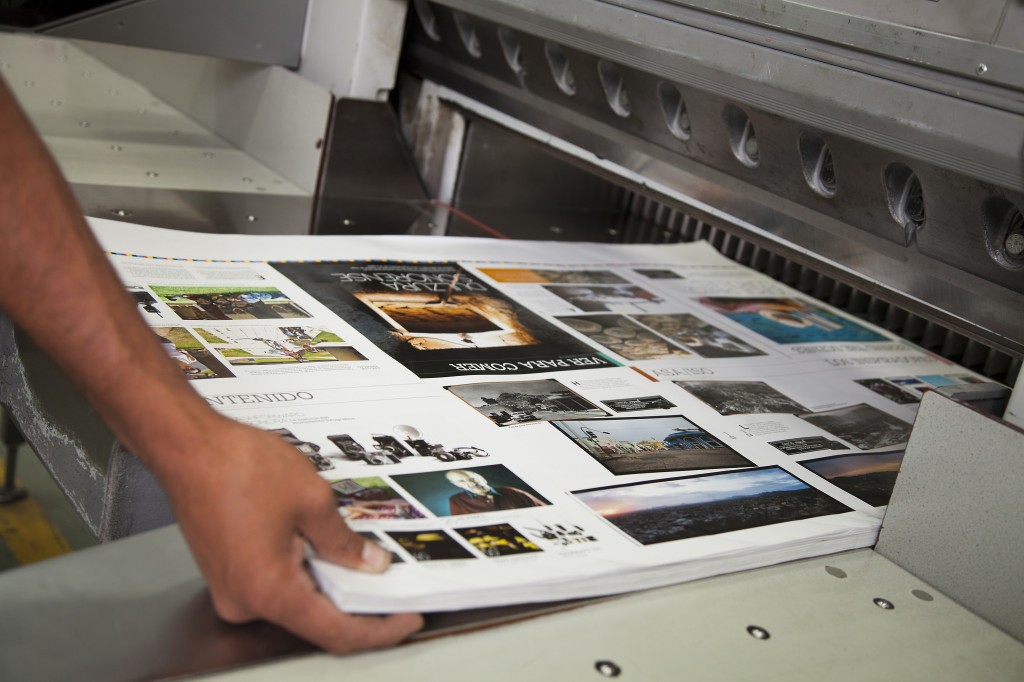
There are many different printing options available, and it can be hard to decide which one is right for your needs. Here is a list the different printing options:
Offset Printing – Offset printing is the most common form of printing for small businesses and homes, but it’s not always the best option for every project. It’s often more expensive than digital printing, but can also produce higher quality results. Offset printing uses plates made from wax or aluminum and rubber ink to transfer ink onto paper or other surfaces. Offset printing has been around for over 100 years, but it’s still one of the most popular methods for business cards, brochures and other marketing materials.
Digital Printing – Digital printing uses inkjet technology to print directly onto media, usually sheets of paper. Digital presses can print one item at a time or multiple items simultaneously, which makes them ideal for short run orders where there isn’t enough demand for offset printing. The downside is that digital presses are not as fast as offset or gravure presses and have limited color capabilities compared to those two processes. However, they are becoming more popular because they offer great value for money compared to traditional lithographic printing methods at low quantities (i.e., less than 1,000 copies).
Screen printing. Also known as silk-screening, this method uses a stencil to block out areas of the design that should remain blank. A thin layer of ink is applied in these areas and then peeled away from the fabric to reveal the design below. Screen-printed t-shirts are often used for promotional events because they’re easy to wash off, making them ideal for advertising on people’s bodies at music festivals or sporting events (think beer festivals).
Silk Screening: Silk screening is a process in which images are created by forcing ink through a mesh screen directly onto the surface of an object (such as paper) from a rubber stamp.
Online Printing Services
Online printing services use the same technology as traditional printing services like Kodak or Walgreens Photo Labs — they just do it remotely using cutting-edge software that allows them to create high-quality prints with just a few clicks of your mouse or taps on your touchscreen device!
Printing on demand
With print-on-demand, you send digital files to a printer and they print only the number of copies you need. The printer retains a copy of the file in their system, so whenever you need more copies of the same document, it’s easy to get them. This is usually done through an online store such as Amazon or Google Docs, but other options are available.
Batch printing
Batch printing is more traditional where you order an entire batch from one printer at once. You can get your prints shipped to you or pick them up at the printer’s location. Batch printers often offer better prices for larger orders because they pass on their economies of scale to customers.




